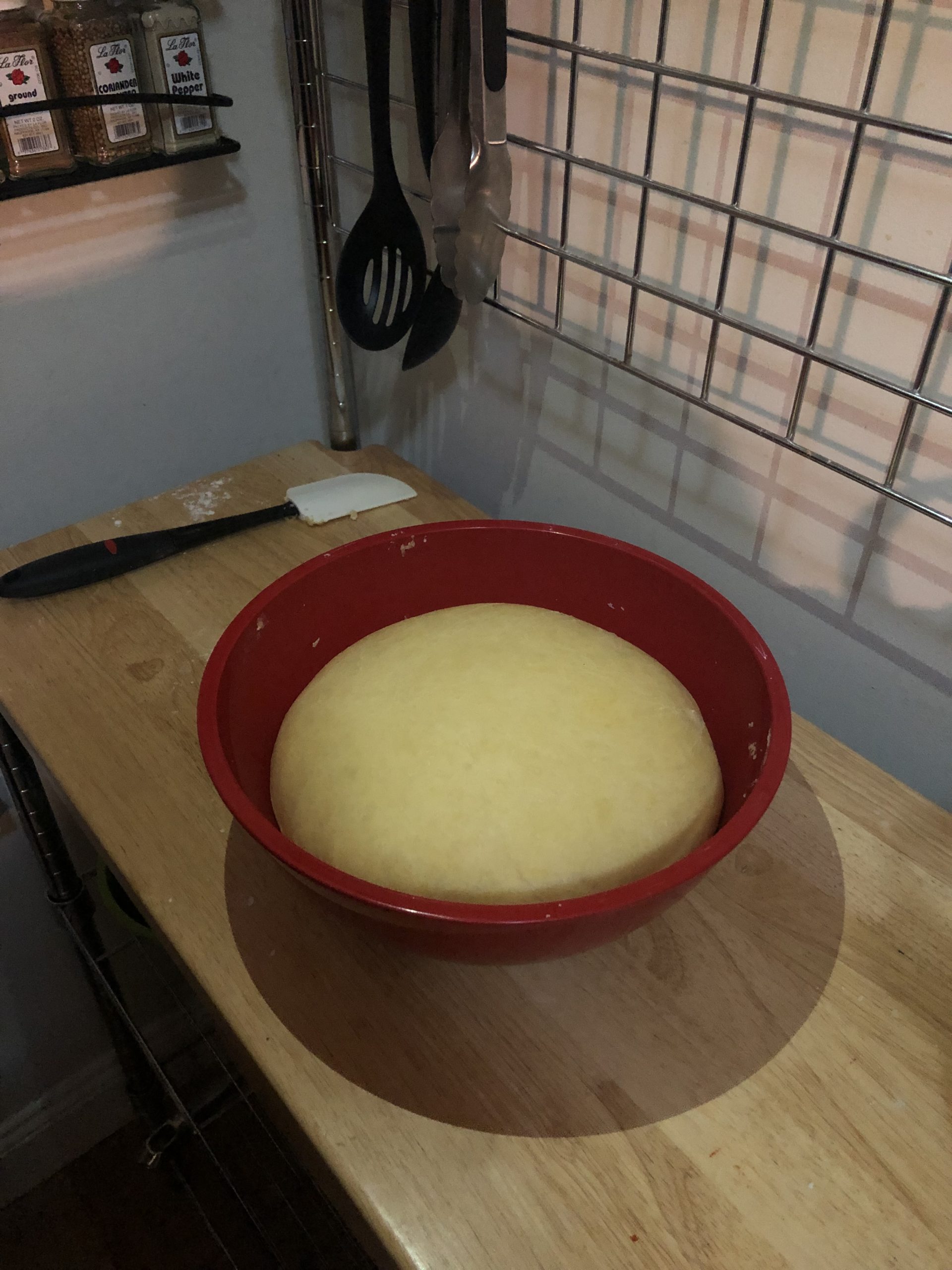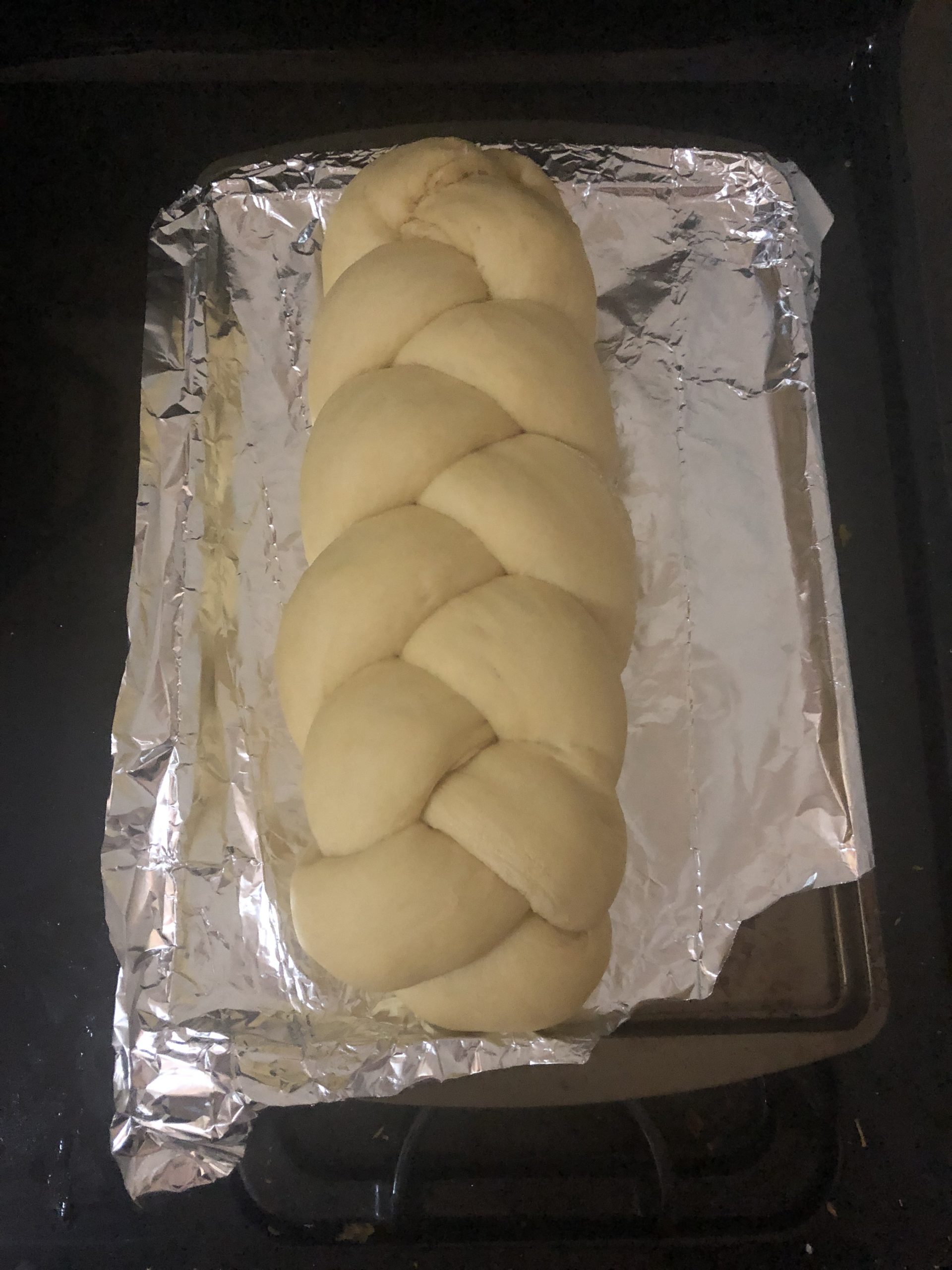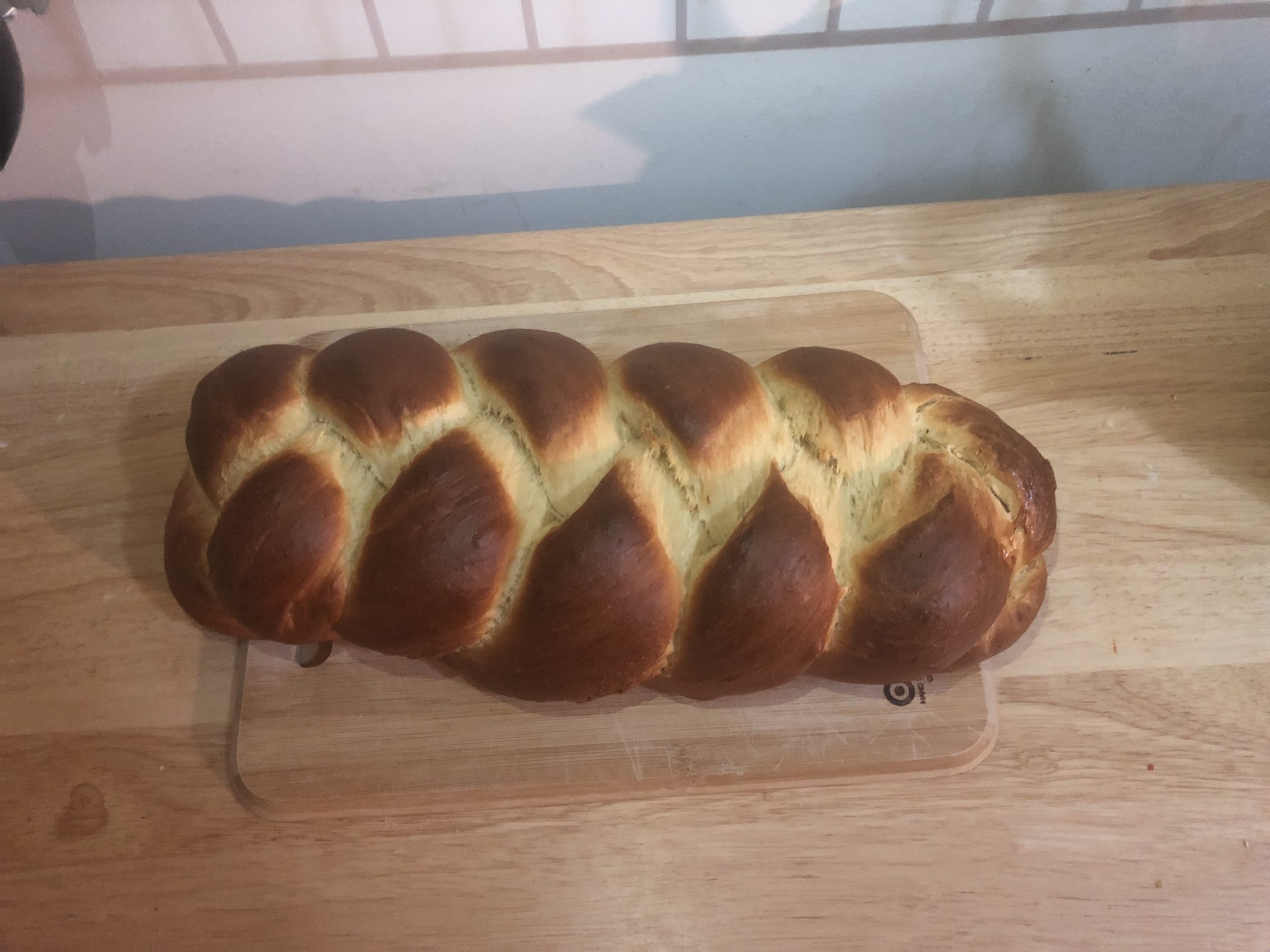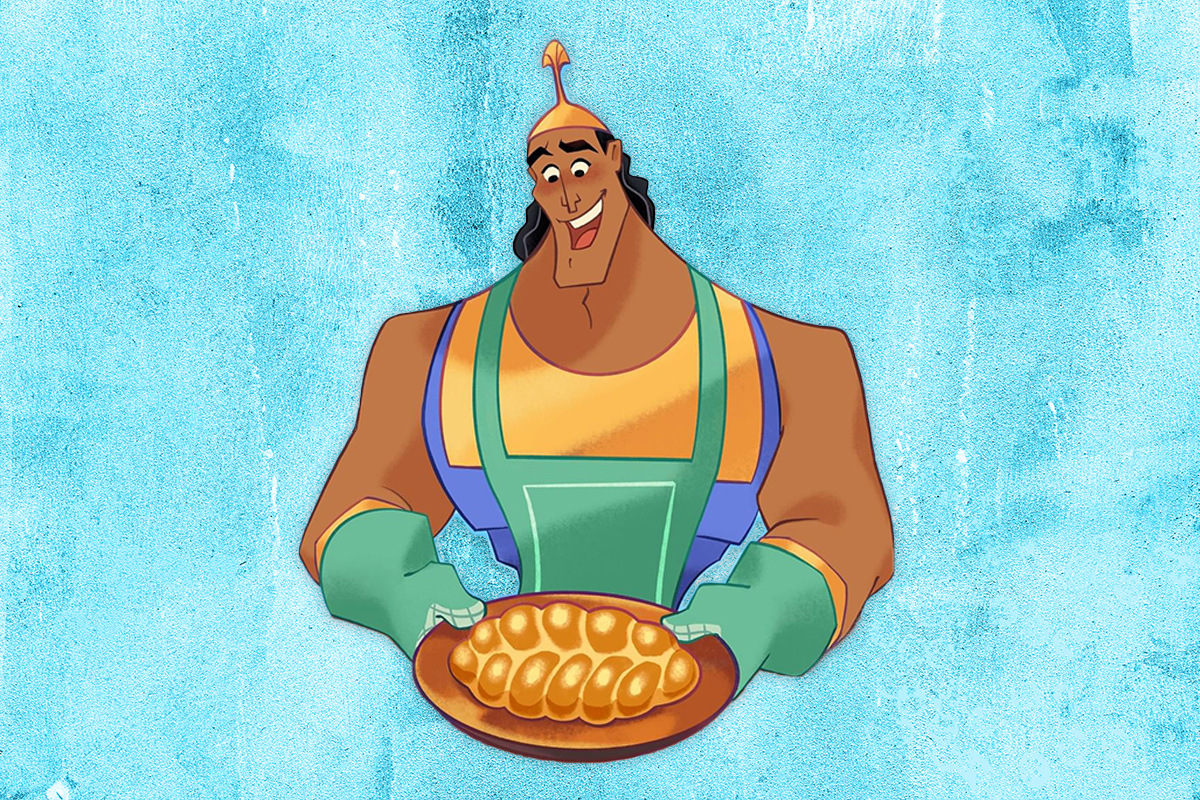As a patrilineal Jew raised secularly, my challah “family recipe” was found on Allrecipes.com. Despite only starting to make challah regularly four years ago, I’ve made it enough times now that it’s become a comforting ritual at the end of each week.
However, when I saw Disney released an official challah recipe by Kronk, the large, muscly henchman from “The Emperor’s New Groove” and its sequel, “Kronk’s New Groove,” last week, I knew I had to switch up my weekly challah bake and test out this goofy recipe. You know, for science.
First Impressions
The recipe is broken down into simple steps accompanied by brightly colored illustrations. It starts with a brief explanation of challah’s role in Judaism, and then launches into the ingredients. I was originally extremely skeptical of the recipe, mainly because of its use of granulated sugar instead of honey. This threw up some red flags in terms of texture and flavor. Other than that, the basic components were similar to my stand-by recipe.
The Dough

The dough is much more egg-heavy than I am accustomed to, using two whole eggs and one egg yolk. The eggs and oil are combined in a well in the flour as opposed to gradually mixing flour into the egg mixture. In my opinion, both of these factors resulted in a much more crumbly, pastry-like texture, as well as taking much longer to combine.
The initial rise was two hours, which also was more time than my standard recipe. The instructions did not say to cover the dough, so I did not, and a dry, hard crust formed over the course of the two hours. For a recipe that is supposed to make challah more accessible, long rise times can be challenging. However, it was the perfect amount of time to take a walk down memory lane and rewatch “The Emperor’s New Groove.” Still holds up, if you’re wondering.
The Braid

Despite the long rise and lack of moisture, the dough rose well and was incredibly easy to work with. It was light, very stretchy, and held its shape, creating a large and even braid. My theory is that without honey, the dough was less sticky, and thus easier to work with after the initial rise.
After one more hour of rising, I applied the egg wash. Kronk told me to use the leftover egg white and add an additional tablespoon of water. I think that watering it down was not a good move. I worried that it wasn’t going to get shiny enough, and I was proven to be correct.
The Bake

The bake was at a lower temperature than I would have liked, and I honestly would have left the loaf in the oven for another five to 10 minutes, but I was determined to follow the recipe as exactly as possible. After 35 minutes, the loaf was done, but not as dark and shiny as my typical recipe.
My partner and I were impatient; we let the loaf rest for as long as we could before (“Psycho” knife noises) slicing into it. Honestly, I was with Kronk up until this point. Slicing the challah not only lost the symbolism that comes with ripping into the loaf as a family, but it also condensed the crumb of the loaf, making it dry, crumbly, and difficult to swallow, even right out of the oven.
Concluding Thoughts
Is this challah? Yes! Is this a fun way for people to learn about an integral part of many people’s Jewish practice? Absolutely! Although the jury is still out on whether Kronk is canonically Jewish, or just an avid baker, it’s so fun to see a part of Jewish culture shared by such a mainstream source as the official Disney Instagram page.
However, the actual challah recipe was not the best. My partner gave it a rating of 6/10, comparing it to “Hebrew school snack” or “basic grocery store challah.” My rating was 5/10 because after four hours and four cups of flour, having the loaf be subpar was pretty devastating. Unfortunately, it only got drier over time. If you’re going to invest time and resources into challah, I recommend using a different recipe. Thanks anyway, Kronk.



